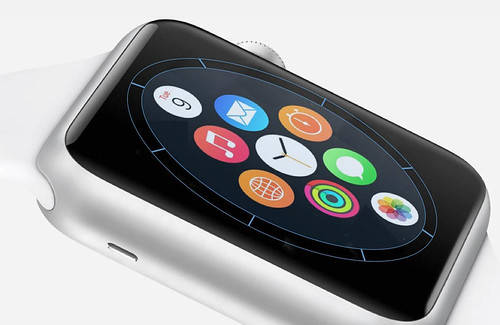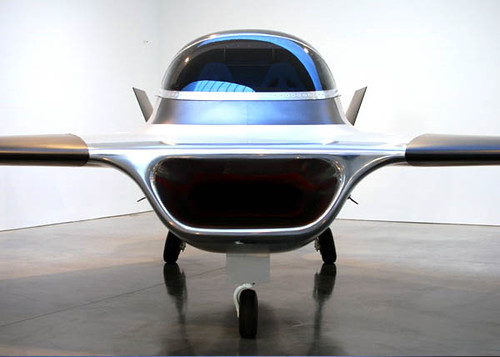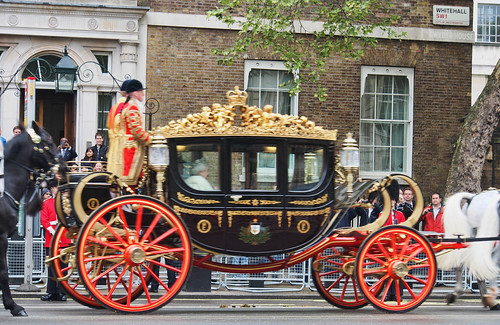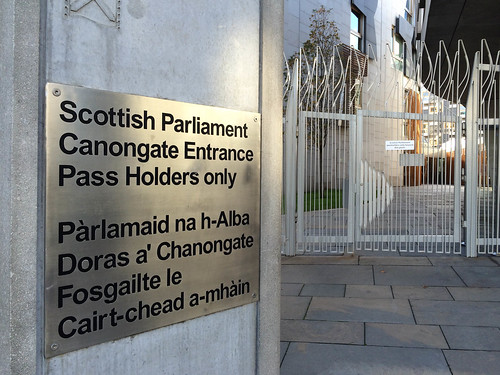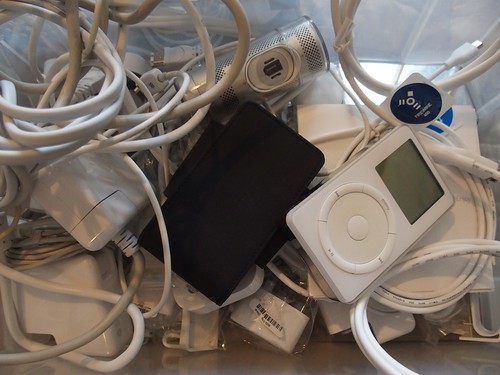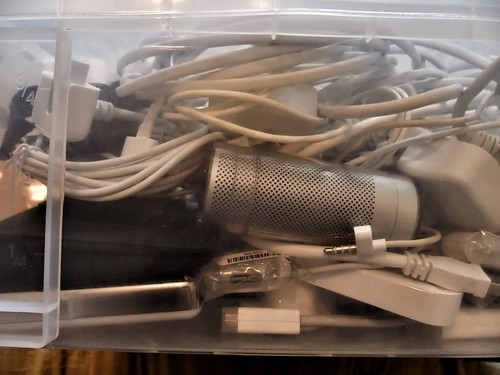
I've made several adjustments to plans this year as a result of work, which has taken me away from home more than I'd originally predicted. I notice I've somehow moved through all of the loyalty card stages of a particular hotel chain, from their lowest card right up to platinum.
Not that it makes much difference, although it's sometimes hard to believe it was only this year that I started that particular block of work. It almost seems a longer time ago.
My time away from home is reflected in my cycling stats for the year, which are somewhere around the 2,800 mile level at the moment.

It's quite a way down from the same period last year. I think I finished last year somewhere over 6000 miles, whereas I'm guessing I'll be around 4,000 miles this year.
I only monitor the mileage clocked up via the little Garmin unit on the handlebars, but I've been doing that for at least the last three years now, so have a base of interesting data.
My stats are still considerably above the UK cycling average, which is a surprisingly low 79 miles per year with only 7-8% of the population cycling 3 times a week.

And across my three years of counting, I've only had one bicycle disappear: the heavy green one, which vanished without trace.

